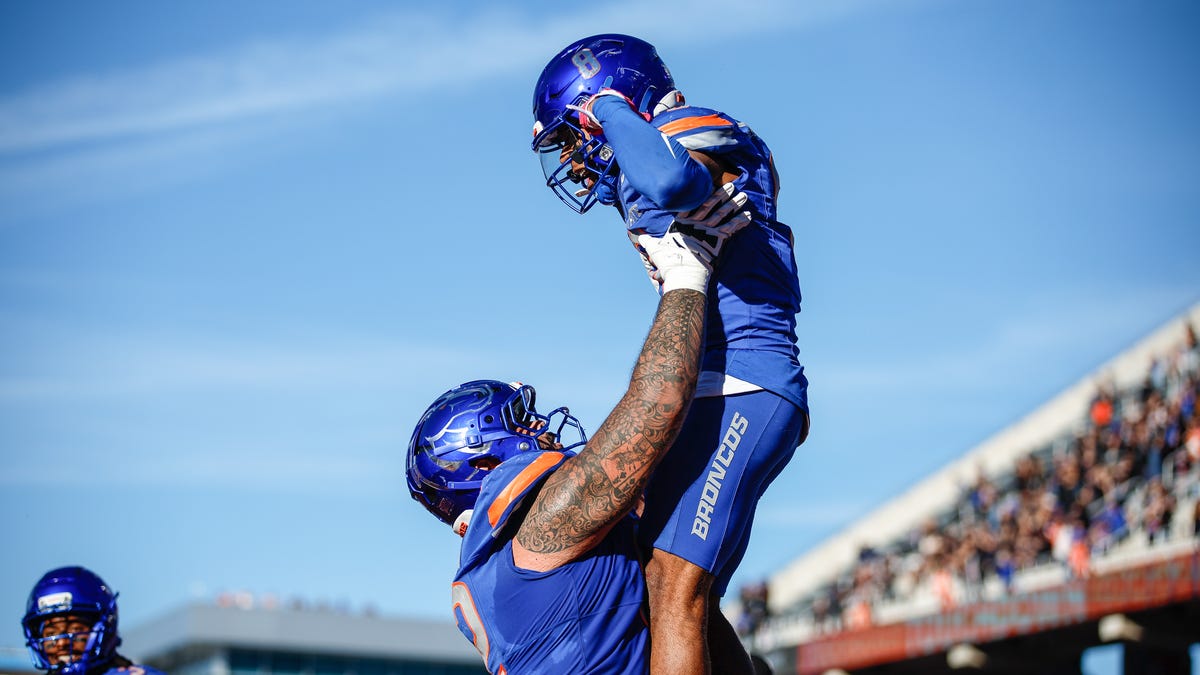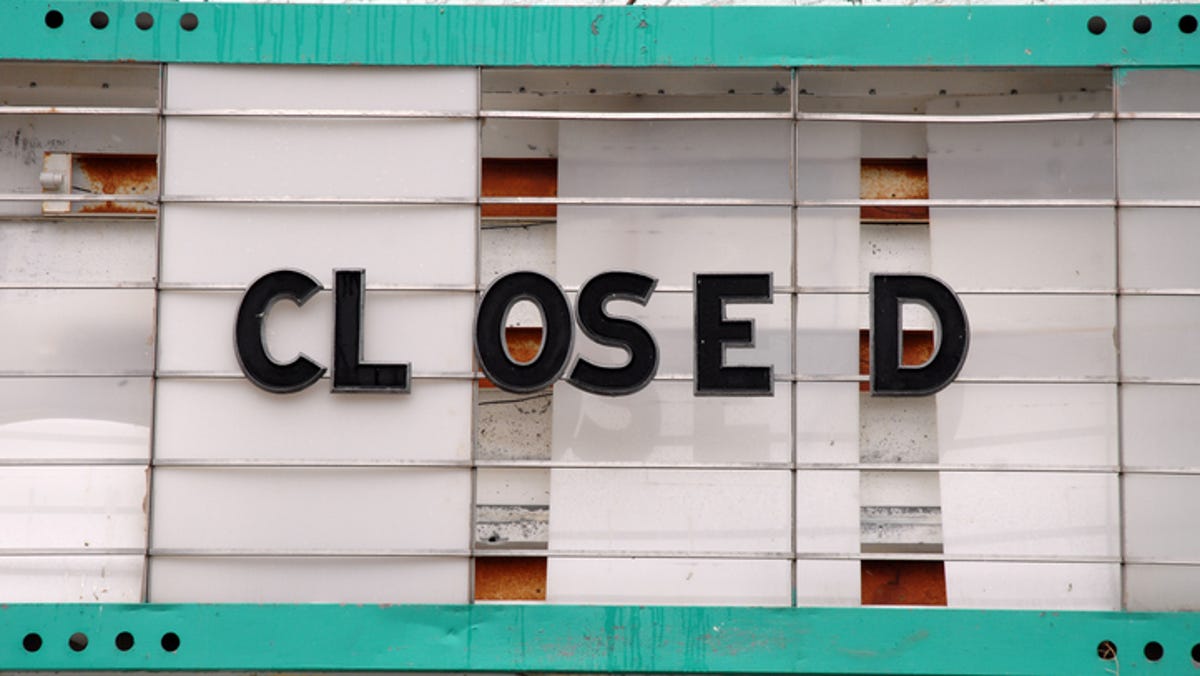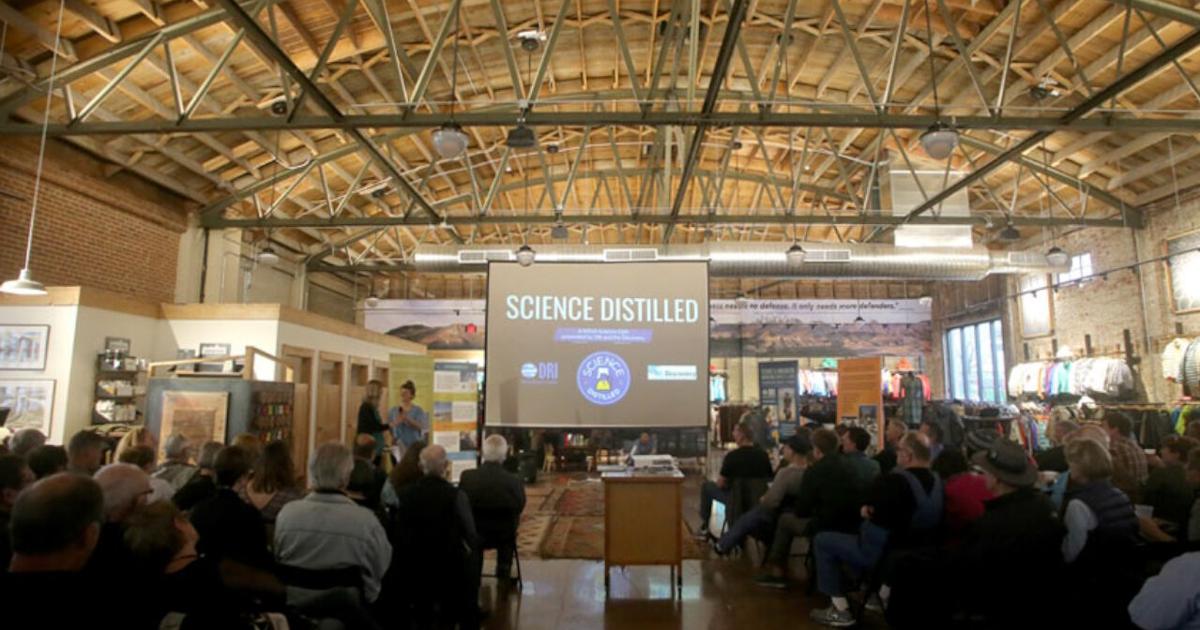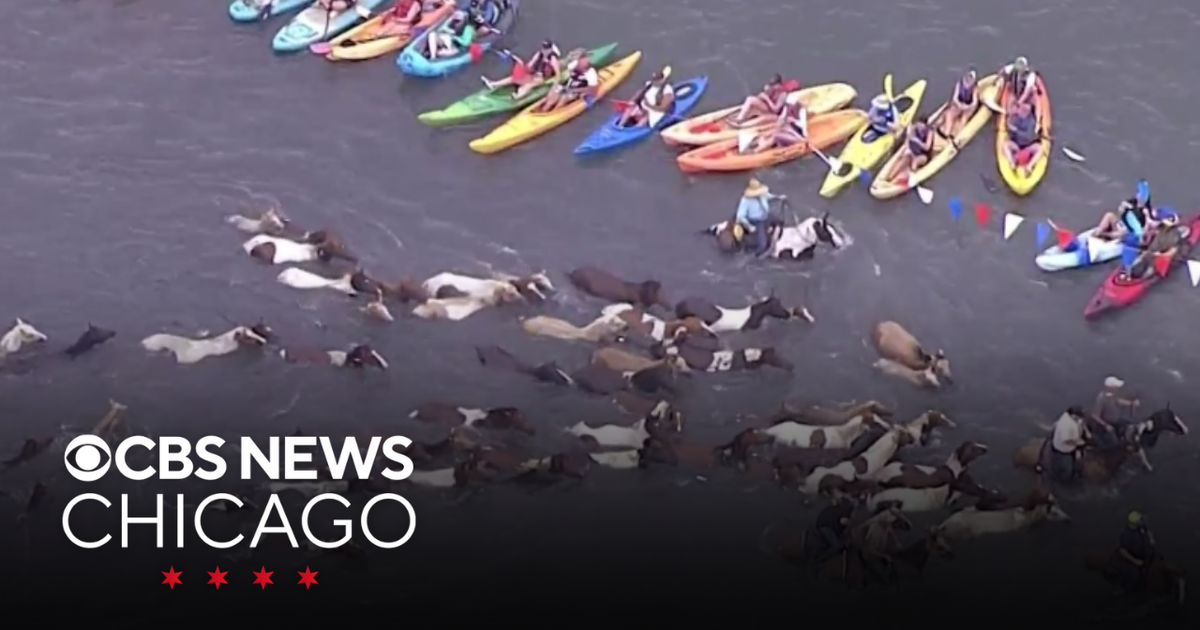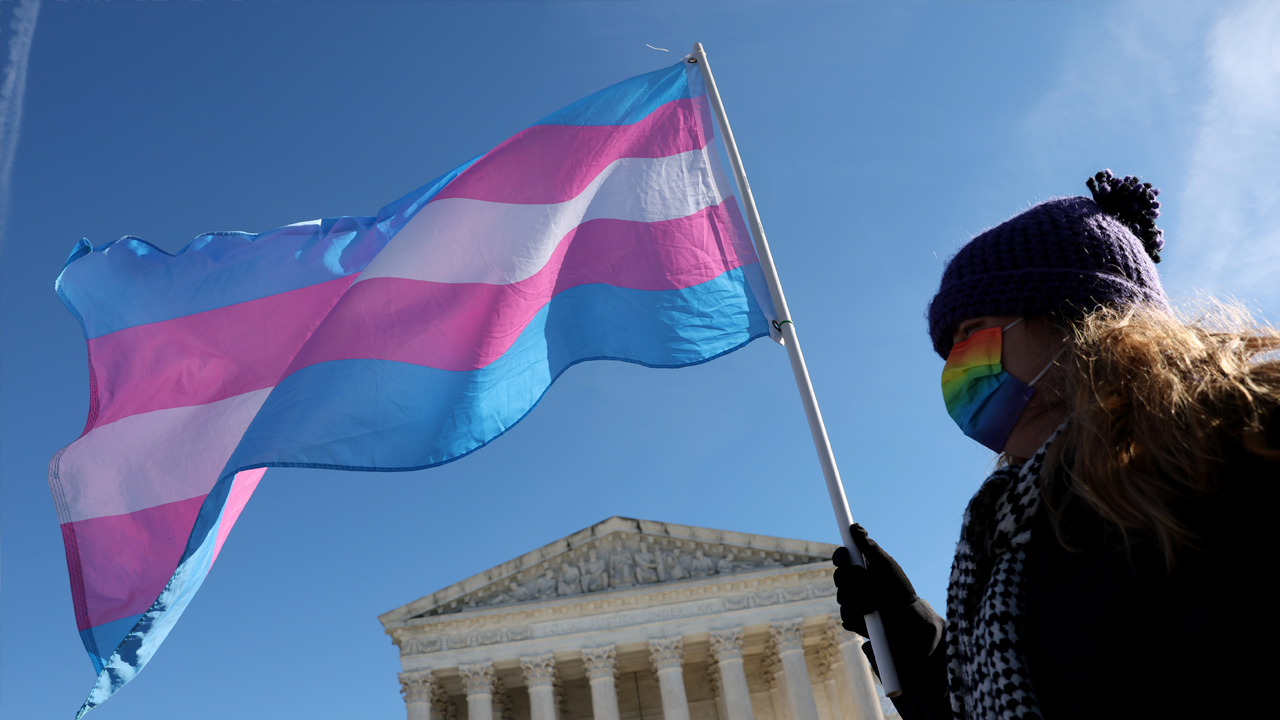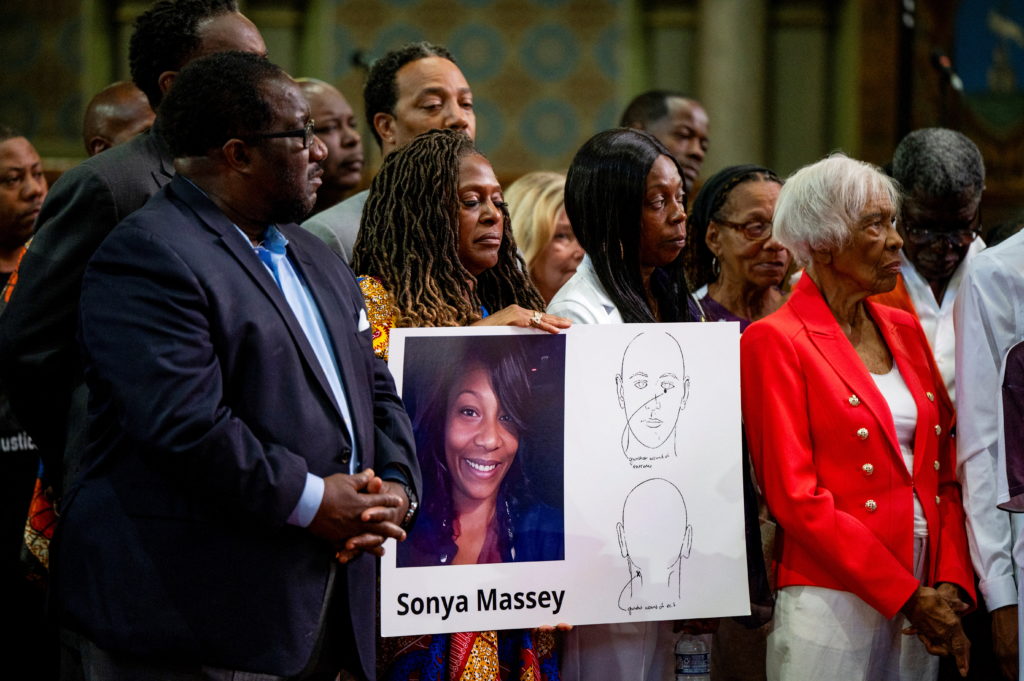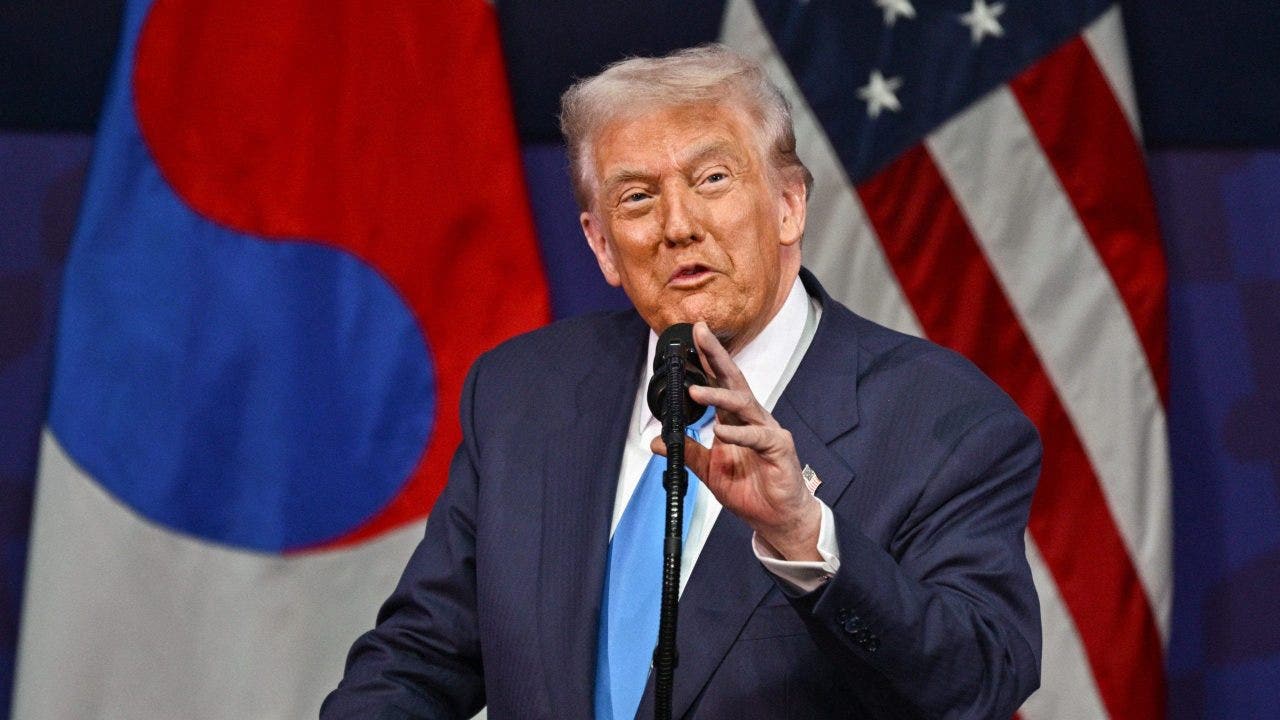Washington, D.C
Las Vegas Joins with Atlantic City, Los Angeles, San Francisco, Washington DC, Biloxi, and New York as Trump Slump Devastates Tourism, Wrecks Casino Profits, and Guts Hotel Jobs, Here is a Very Alarming Report – Travel And Tour World
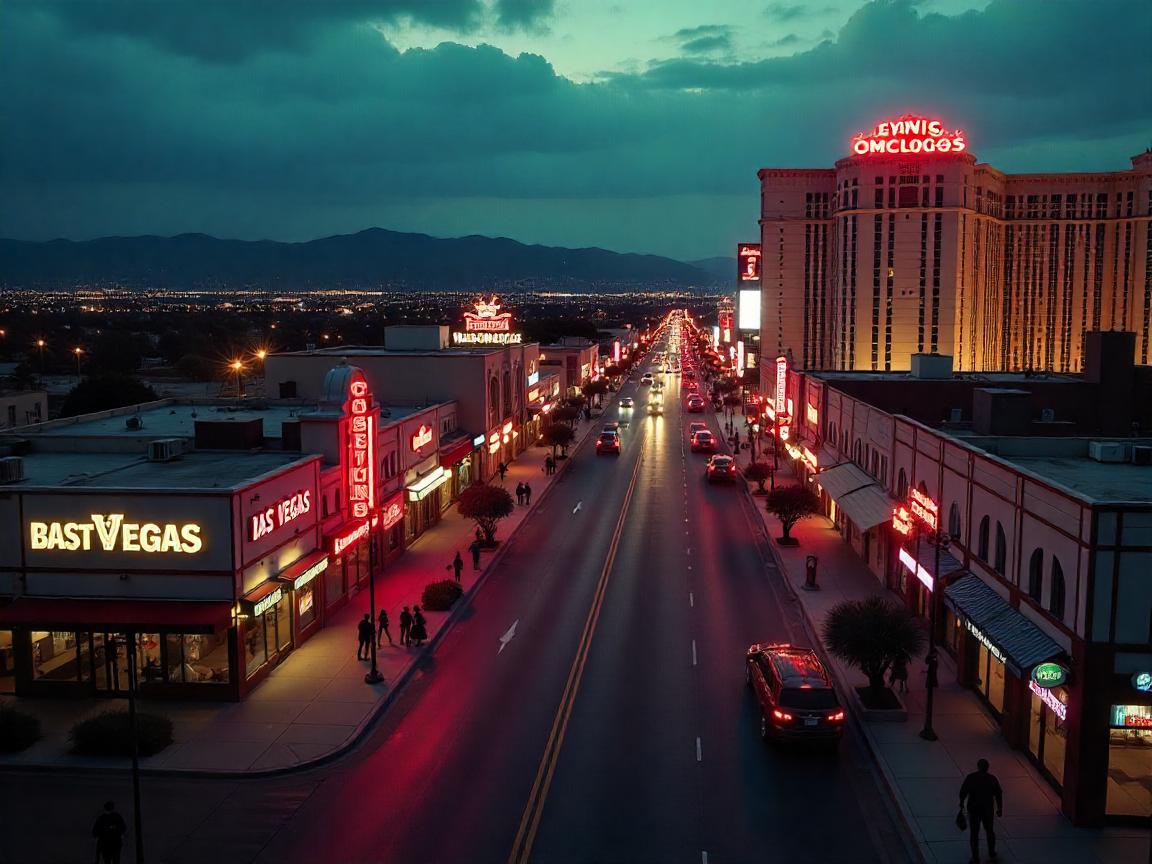
Monday, June 9, 2025
Las Vegas, once the unstoppable heartbeat of American entertainment, is now staggering—joining Los Angeles, San Francisco, Washington D.C., and New York City in a brutal decline. The latest data paints a grim picture: the Trump Slump is no longer a whispered concern. It’s a full-blown crisis. Tourism numbers are crashing. Casino profits are being wrecked. Hotel jobs are getting gutted at an alarming pace.
This isn’t just another market hiccup. It’s a seismic shift, and it’s hitting fast and hard. Las Vegas, which once danced in neon glory, is now blinking under pressure. Meanwhile, Los Angeles is losing footfall, San Francisco is watching its hotels go half-empty, Washington D.C. is suffering from thinning tour groups, and New York City is bleeding international traffic. These powerhouse cities are buckling.
What makes this even more shocking is the synchronized collapse across multiple major metros. One would expect Las Vegas to hold the line with its casino cash flow, or New York to hold strong with its global pull. But no. The slump is spreading like wildfire.
The Trump Slump is doing more than just bruising egos—it’s ripping through revenue streams. Tourism boards are scrambling. Hotels are slashing staff. Casinos are falling eerily quiet.
A new report confirms it all, and the findings are deeply unsettling. How bad is it really? Why now? And who’s next?
This isn’t just a downturn. This is a devastating reckoning. And what happens next could change the U.S. travel industry forever.
America’s Casino Cities Face Rough Odds as Travel and Tourism Get Hard Hit in 2025
America’s legendary casino cities are facing a losing streak in 2025. Travel and tourism, the lifeblood of these destinations, have taken a hard hit—and the cracks are beginning to show across Las Vegas, Atlantic City, Reno, Biloxi, Tunica, Lake Charles, New Orleans, Detroit, Black Hawk, and Philadelphia.
Las Vegas, the crown jewel of casino tourism, is seeing a dramatic slowdown. Packed casino floors and glittering lights are dimming under the pressure of fewer flights, rising costs, and global uncertainty. Hotel rooms sit empty as travel demand weakens, and the Strip’s once-pulsing energy feels noticeably slower.
Atlantic City isn’t faring much better. The East Coast casino hub has seen a dip in visitors as inflation curbs spending and entertainment budgets shrink. Its iconic boardwalk and historic casinos like Borgata and Tropicana now face quieter seasons, with tourism getting hard hit.
Reno, known as the “Biggest Little City in the World,” is also showing signs of stress. Casino traffic has dropped, and fewer Californians are making weekend gambling trips. In Biloxi and Tunica, two Mississippi casino cities that once thrived on Gulf Coast and Memphis-area travel, hotels and gaming floors are operating well below capacity.
Meanwhile, Lake Charles and New Orleans in Louisiana are feeling the pain too. As fewer visitors flock to resorts like Golden Nugget or Harrah’s New Orleans, the tourism slump deepens. Detroit’s casino industry, including MGM Grand and MotorCity Casino, faces shrinking foot traffic, and its downtown economy feels the impact.
Even in scenic casino towns like Black Hawk and Central City in Colorado, where travelers used to combine mountain views with gambling getaways, the slowdown is undeniable. Philadelphia, a rising urban gambling hotspot, is now scrambling to recover from sharp tourism drops that have hit its casino revenue hard.
From coast to coast, casino cities are facing a reckoning. Travel is down. Tourism is hard hit. And the once-booming casino sector is suddenly rolling the dice on recovery.
Las Vegas Faces Economic Crossroads as Tourism Slump Guts Casino Jobs and Hotel Revenue
Las Vegas, long celebrated as the mecca of nonstop excitement, is now facing a painful tourism reality. Visitor numbers have dropped sharply. The buzz of casino floors is fading. And behind the curtain of neon lights, the people powering the city—its dealers, hotel workers, and hospitality staff—are feeling the sharp edge of this downturn.
In April 2025, Las Vegas reported a 5.1% year-over-year drop in tourist visits. That decline may appear small, but in a city that lives and breathes on consistent high-volume foot traffic, the impact is severe. Every percentage point lost ripples across hotel corridors, casino pits, and service jobs that depend on steady crowds.
Casino Tables Go Quiet as Layoffs Begin
Some of the Strip’s largest resorts have quietly begun trimming their workforce. Casino dealers—often the frontline ambassadors of Las Vegas nightlife—are being laid off in clusters. With fewer players occupying tables, their positions have become increasingly expendable. Fontainebleau and Resorts World are among the first properties to cut staff in response to the declining traffic.
Thousands of hospitality jobs have been lost over the past year. As demand slumps, casinos are seeking leaner operations. Automation is one of their go-to solutions. More venues are turning to electronic table games and digital betting interfaces, which reduce the need for trained dealers. The charm of human interaction is giving way to LED screens and self-serve terminals.
Economic Strain Spreads Across the Strip
The numbers paint a stark picture. The Las Vegas metro area ended 2024 with an unemployment rate of 5.9%—the highest among all major U.S. metro regions. This isn’t just a local hiccup. It’s a structural problem gripping the city’s core economic driver: tourism.
Travelers are simply not spending the way they used to. Rising airfares, shrinking discretionary budgets, and global economic uncertainties are all taking a toll. International tourism, once a key pillar of Las Vegas’ diverse visitor base, continues to shrink due to lingering geopolitical tensions and costly long-haul flights.
Hotel occupancy dropped 1% overall in April, with downtown hotels experiencing a steeper 2.6% decline. This erosion in guest volume compounds losses for restaurants, entertainment venues, and local attractions that thrive on tourist dollars.
Wages Flatline While Cost of Living Soars
Even those lucky enough to keep their jobs face an uphill battle. In 2024, the average hourly wage for casino dealers in Nevada stood at $19.96. That’s barely above the national average of $19.25. For a state that is globally synonymous with casino culture, this wage stagnation is glaring. Nevada doesn’t even rank among the top five states for dealer pay, highlighting a growing mismatch between brand power and worker compensation.
Meanwhile, Las Vegas’ cost of living continues to climb. Rent, gas, and grocery prices have surged, putting added pressure on workers in an already stressed sector. Fewer benefits, reduced shifts, and limited job security are becoming the norm.
The Dealer Pipeline Dries Up
The fallout extends to training institutions. Once booming with hopefuls ready to learn the ropes of blackjack, poker, and roulette dealing, dealer schools are now seeing enrollment nosedive. Many who would once relocate to Las Vegas in search of quick career starts are reconsidering. The opportunity promise is dimming. The dream of quick tips and high-stakes tables is now shadowed by uncertainty.
Without a fresh talent pipeline, even a future rebound could be hindered. The infrastructure of skill development is faltering just as demand for adaptability rises.
Industry Adapts, But at What Cost?
Casino operators are reacting—but not always in ways that safeguard livelihoods. Budget tightening is rampant. Shareholder reports show weakened earnings across several properties, and cost-cutting is the prevailing strategy. Capital expenditures are shifting toward automation and digital engagement. Unfortunately, that often means less human capital and more machines.
Some properties are opting to scale back live entertainment or reduce gaming floor hours. These subtle shifts further discourage extended visitor stays and lower ancillary spending on food, shows, and nightlife.
What This Means for the Future of Las Vegas
The Las Vegas tourism ecosystem is at a tipping point. The convergence of economic pressure, automation, and waning visitor demand could trigger long-term structural changes. The danger isn’t just in job losses—it’s in eroding the unique human experience that made the city iconic.
The Strip, once a symbol of limitless energy, now reflects something more sobering: vulnerability. Without decisive strategic shifts, including improved wages, targeted tourism incentives, and greater international outreach, the industry may struggle to rebound fully.
Travel authorities, city planners, and hospitality leaders must act swiftly. Investment in infrastructure, diversified tourism products, and fair employment practices are no longer optional—they’re essential for survival.
The world is watching what Las Vegas does next. Will it reinvent itself again, as it has many times before? Or will it fade into a high-tech but soulless shell of its former self?
For now, the cards are still in the air.
Tags: casino jobs, clark county, dealer schools, Downtown Las Vegas, fontainebleau, Las Vegas, Nevada, Nevada casinos, Resorts World, The Strip, Travel Economy, travel inflation, travel layoffs, U.S. metro unemployment, U.S. tourism trends


Washington, D.C
Food Critic Tom Sietsema on Falling in Love with Journalism at Georgetown – Georgetown University
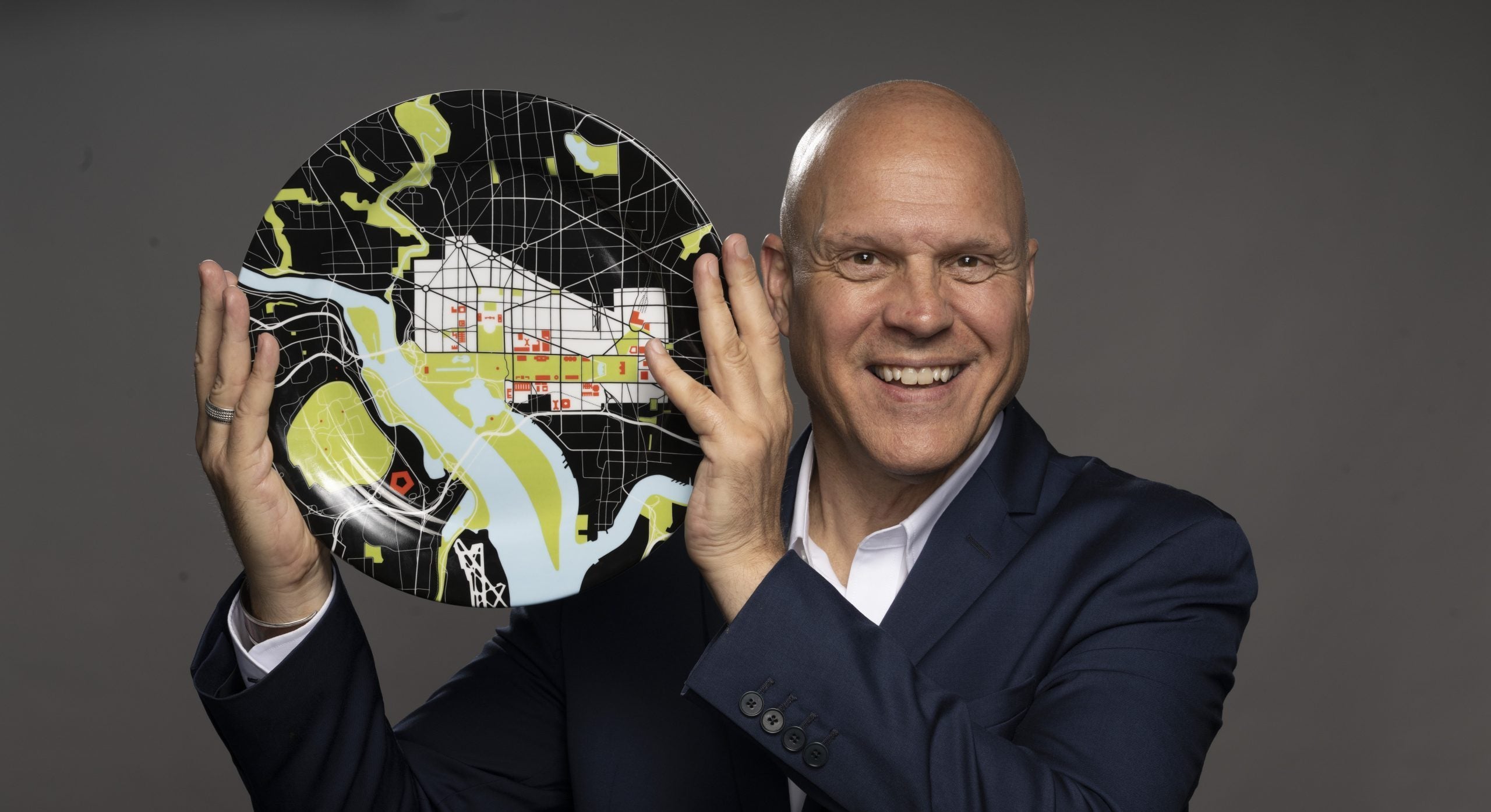
In October, Tom Sietsema (SFS’83) stepped down as The Washington Post’s food critic after 26 years.
During his tenure, Sietsema wrote 1,200 restaurant reviews and 50 dining guides. He used pseudonyms and disguises while eating out 10 or so times a week.
Along the way, he covered America’s top food cities and the eating habits of Hillary Clinton, Donald Trump and Bernie Sanders; went undercover in the CIA’s dining room and in a kitchen as a dishwasher, and this fall, penned his final list of DC’s 40 best restaurants.
Sietsema’s journalism career dates back to his undergraduate years in Georgetown’s School of Foreign Service.
The Minnesota native set out to be a diplomat, but after internships at Good Morning America and the Chicago Sun-Times, he fell in love with reporting.
Decades later though, Sietsema still practices diplomacy — just not in the way he thought.
“I’ve been able to use diplomatic skills at the table for 26 years, so in a way, thank you Georgetown School of Foreign Service,” he said.
Find out how Sietsema carved his own path in food writing and how he practices diplomacy at the dinner table.
Culture Shock at Georgetown
Sietsema fell in love with Washington, DC, while spending a semester studying and interning there as an undergraduate. He was a student at Hamline University in St. Paul, Minnesota, at the time, and by the end of his exchange program, he didn’t want to leave DC.
Sietsema decided to apply to Georgetown and arrived on the Hilltop in 1981 — a “huge culture shock,” he said.
“I felt as if I were a representative of a class of people who were from the Midwest. I went to public schools. I was a Protestant. What amused me was how similar students were from around the world in their regard for Georgetown and Catholicism and making the world a better place.”
Sietsema lived in Village A, a few floors away from Patrick Ewing (C’85). He took German classes and a course taught by Jan Karski, a Polish WWII spy and diplomat and SFS professor. He ate mainly from the salad bar on campus, and in his off-hours, worked as a waiter at a pizzeria to save up money to eat out.
“What I loved about Georgetown was it seemed to be a magical place at the time,” he said. “I remember it being a really optimistic time in my life.”
Finding His Footing in Journalism
His senior year, Sietsema took the university’s first journalism class, taught by Ted Gup, then an investigative reporter at The Washington Post who worked under reporter Bob Woodward.
His classmates were Kara Swisher (SFS’84) — a “whirling dervish then and remains one now” — and Mary Jordan (C’83), a Pulitzer-Prize winning writer and editor for the Post, with whom he’d compare notes and help edit one another’s papers. The class taught the nuts and bolts of breaking into the news business, he said.
“I loved the Georgetown way of thinking and teaching, and I think I’m a better reporter because of the professors I had there,” he said.
Gup connected Sietsema with the Post, and after starting as a copy aide, he worked for Phyllis Richman, the newspaper’s restaurant critic. Sietsema tested recipes for readers, learning how to clean squid, prepare African peanut stew and bake colonial cakes — among the more than a thousand dishes he finessed for readers.
“It was the greatest cooking class,” he said. “I think my grocery bill was double my rent.”
After cutting his teeth in food writing, Sietsema headed west, working as a food editor, reporter and/or critic for the Milwaukee Journal Sentinel, the San Francisco Chronicle and the Seattle Post-Intelligencer, before a role covering restaurants for Microsoft’s Sidewalk brought him back to DC.
In 2000, Sietsema took on the mantle of the Post’s chief food critic.
Food as Diplomacy
In covering restaurants for 26 years, Sietsema has been able to put his diplomacy skills to good use.
He says he tries to make his dining companions feel comfortable, encourages them to try a new food or shows them how to eat a certain dish. In the process, Sietsema has found that people often open up.
“I would take a starving artist or a young family to a big deal restaurant just to see it through their eyes,” he said. “I like to take hoity-toity people to dives. I realized people would open up over a meal in a way they never would in a different setting. I’ve had people tell amazing stories over the years. I feel it’s been a masterclass in life and living.
“Food is a diplomatic tool. It can be symbolic. It’s nourishment. It’s been the most important thing in my life really.”
After logging thousands of reviews, Sietsema is looking forward to becoming a regular in restaurants. He also plans to cook more. He’s hosting a monthly lamb burger night for DC movers and shakers. He recently invited his Uber driver, an Afghan contract worker, to join, he said.
“He’s going to be the most important guest there,” he said. “You can effect change one meal at a time, and that’s what I want to do. I’m very optimistic about the future.”
Pro Tip
Where to eat out in Georgetown: Chez Billy Sud, My Little Chamomile, the River Club and Le Bonne Vache.
Editor’s Note: The first photo in the story is by Marvin Joseph/The Washington Post.
Washington, D.C
2 teens shot on 62nd Street in Northeast DC

Two teenagers were shot in Northeast D.C. Tuesday afternoon, according to police.
One of the victims has critical injuries, police said.
The shooting happened on 62nd Street near the Maryland border.
Multiple D.C. police cars and officers could be seen on the scene.
No information has been released yet about the victim’s ages or if there are any suspects.
This is a developing story. Stay with News4 for updates.
News4 sends breaking news stories by email. Go here to sign up to get breaking news alerts in your inbox.
Washington, D.C
Japan donates 250 cherry trees, fireworks for Trump’s DC refresh after PM watches World Series with prez

TOKYO — Japanese Prime Minister Sanae Takaichi will donate 250 flowering cherry trees and July 4th fireworks to Washington, DC, after she and President Trump tuned into the World Series game between the Toronto Blue Jays and Los Angeles Dodgers.
Takaichi, who became Japan’s first female prime minister seven days ago, emphasized the nations’ common love of baseball and her country’s historic gift of cherry trees to DC as the leaders began their official dialogue Tuesday, which is expected to focus behind closed doors on military and trade policies.
“To the press corps, I’m very sorry that we kept you waiting. As a matter of fact, Mr. President and I just enjoyed watching the Major League Baseball match,” Takaichi opened her official greeting.
“Actually, Dodgers versus Blue Jays, and the Dodgers are now having a one-point lead, and we really enjoyed the match.”
Takaichi, a conservative protégé of assassinated former Prime Minister Shinzo Abe, said that the cherry trees would be gifted in recognition of the United States’ 250th anniversary next year and would bolster a new “golden age” of US-Japan relations.
“To have a magnificent celebration, we will extend a gift of 250 cherry trees to Washington, DC. In addition, I understand that fireworks from Japan, from Akita Prefecture, will be shown in Washington, DC, on July 4 next year,” she said.
Japan in 1912 gifted over 3,000 cherry trees during President Howard Taft’s tenure — a fact celebrated every spring at Washington’s heavily attended Cherry Blossom Festival.
Trump is in the midst of a dramatic refresh of the capital city, including the addition of a massive White House ballroom and the planning of a possible 250th anniversary triumphal arch across from the Lincoln Memorial.
“We’ve received your orders for a very large amount of new military equipment. And you know that we make the best military equipment in the world,” said Trump, who will deliver a speech later in the day aboard the USS George Washington aircraft carrier near the mouth of Tokyo Bay.
“We appreciate that order, and we very much appreciate the trade. We’re going to do tremendous trade together, I think, more than ever before. We’re just signing a new deal, and it’s a very fair deal.”
Trump in July reached a new trade pact with Japan, lowering his threatened 25% “reciprocal” tariff to 15% in exchange for pledges of $550 billion in Japanese investments in the US, in addition to Tokyo reducing barriers to imports of US vehicles and agricultural products.
Japanese cars also face a 15% tariff under that deal, lower than the 25% rate Trump applied to most other countries.
The White House has not teased any looming reforms to the Japan trade deal this week — and the two leaders signed a brief document reaffirming the “GREAT DEAL” reached in July.
Takaichi and Trump also signed a document pledging to cooperate to boost investments and develop policies to secure rare-earth and critical minerals against “non-market policies and unfair trade practices” from China — after Trump recently signed similar documents with Australia, Malaysia and Thailand.
Trump’s three-nation tour of the region is focused heavily on making economic deals.
During his first stop in the Malaysian capital of Kuala Lumpur, he signed agreements to lower tariffs on certain goods from Cambodia, Malaysia, Thailand and Vietnam in exchange for pledges of billions of dollars in purchases of US airplanes, natural gas and agricultural goods such as soybeans and corn.
Trump will return to the US after visiting South Korea on Wednesday and Thursday, where he hopes to announce a trade deal with Chinese President Xi Jinping that will address Beijing’s new export restrictions on products made with rare-earth and critical minerals, as well as Chinese fentanyl smuggling and steps to revive soybean purchases.
-

 New York6 days ago
New York6 days agoVideo: How Mamdani Has Evolved in the Mayoral Race
-

 World1 week ago
World1 week agoIsrael continues deadly Gaza truce breaches as US seeks to strengthen deal
-

 News1 week ago
News1 week agoVideo: Federal Agents Detain Man During New York City Raid
-

 News1 week ago
News1 week agoBooks about race and gender to be returned to school libraries on some military bases
-

 Technology1 week ago
Technology1 week agoAI girlfriend apps leak millions of private chats
-

 Politics1 week ago
Politics1 week agoTrump admin on pace to shatter deportation record by end of first year: ‘Just the beginning’
-

 News1 week ago
News1 week agoTrump news at a glance: president can send national guard to Portland, for now
-

 Business1 week ago
Business1 week agoUnionized baristas want Olympics to drop Starbucks as its ‘official coffee partner’

